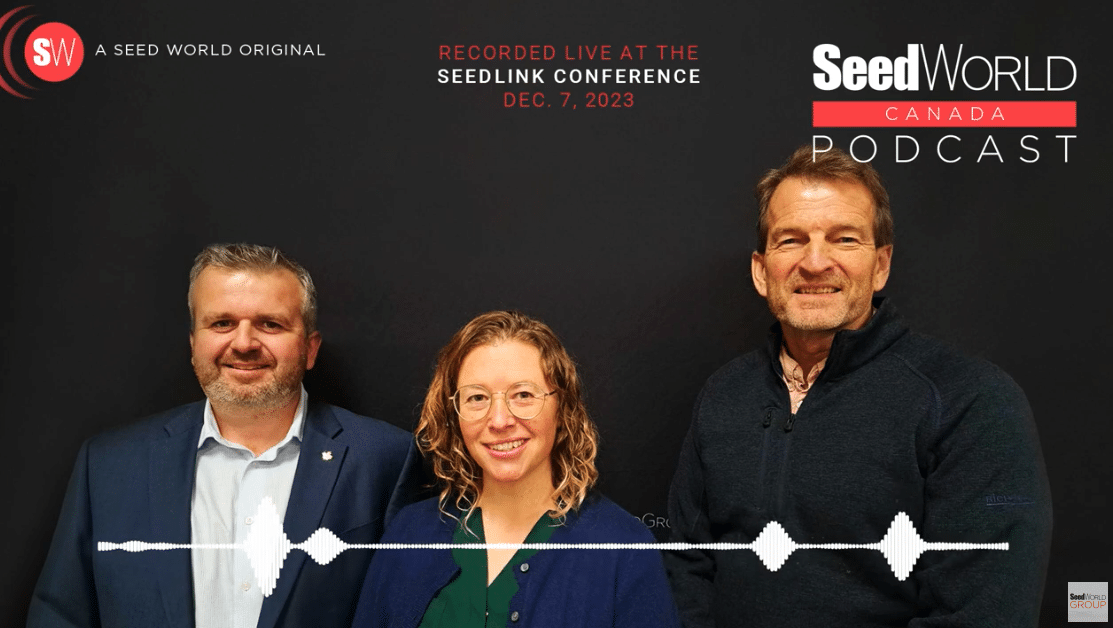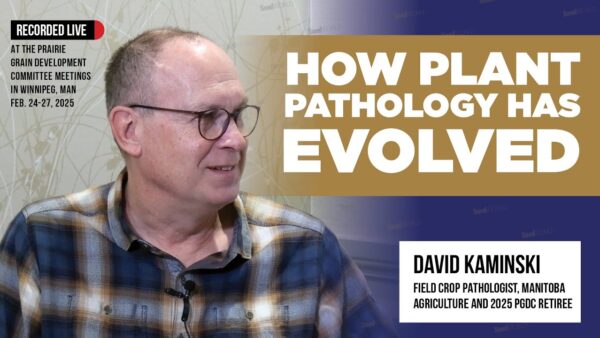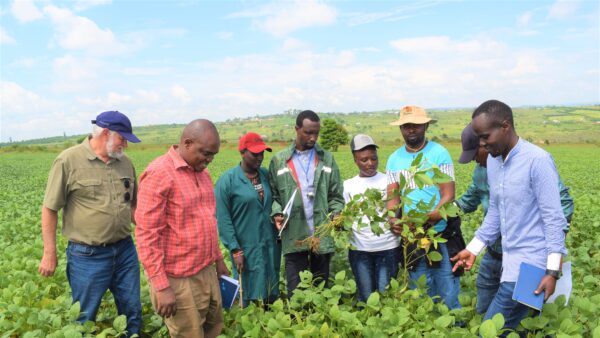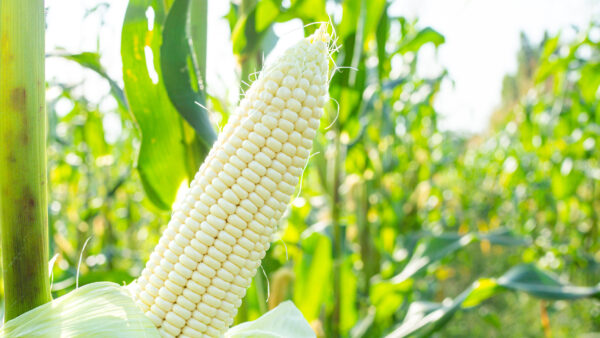To maximize yield potential, it’s more important than ever for growers to know what’s in the seed treatments that protect their seeds.
When it’s time to buy a pickup truck, do you just buy the first thing the dealer shows you? Unlikely.
When it’s time to take it easy, do you just grab the first beverage you see? Doubtful.
“Whether it’s as small as a soft drink or as big as a truck, you usually don’t just take whatever is offered,” says Dr. Dale Ireland, technical product lead for Syngenta Seedcare. “You have a brand in mind or want something specific to meet your needs. It’s time to take this same approach with seed protection.”
Paul Oklesh, product lead for Syngenta Seedcare, agrees and adds that as demand for seed treatments continues to rise, growers need to know what they’re really buying.
“When we interact with growers at trade shows, I ask them what seed treatments are they’re using on their crops,” he says. “Many growers don’t know. They see colour on the seed and assume the crop is protected.”
But not all seed treatments are created equal, Ireland says. “Seed treatments are like cars. While a race car and a minivan might be painted the same colour, the differences become clear when you put them to the test on the race track.”
Part of putting seed treatments to the test and selecting the right one is asking the right questions, note Ireland and Oklesh. Those questions are as follows:
- What active ingredient or ingredients are included? Some seed treatments may only contain one active ingredient, while others contain multiple active ingredients with more than one mode of action for broader protection and improved stewardship to address resistance issues.
- What does the seed treatment protect against? While seed treatments can include fungicides and insecticides, there’s more to producing top yields than just managing disease and insects. For example, soybean cyst nematode (SCN) remains the No. 1 yield robber in soybeans. “It’s essential to ask whether your soybean seed treatments also protect against nematodes,” Oklesh says.
- Who stands behind the seed treatment? It takes significant investments of time, money and expertise to develop proven, reliable seed treatments. “Also, make sure the company that supplies the technology provides service and support before, during and after the sale,” Ireland says.
- Does the seed treatment use the latest technology? “Older chemistries don’t offer the many advantages of new technologies, which often have lower use rates and more powerful active ingredients, gram for gram,” Ireland says. You get what you pay for, he adds. “Even though older chemistries cost less, they might be the worst few dollars you spend, if you don’t get the protection your crop requires.”
- What will return the best value to my acres? A good seed treatment won’t just prevent yield loss; it will boost potential yield, Oklesh says. “All this puts more money back into your pocket.”

Syngenta Offers New Options
For 40 years, the name Syngenta has been synonymous with seed treatment innovation. A Syngenta seed treatment is more than an active ingredient on a seed and is comprised of products, application and services, as well as stewardship insights that ensure a good experience for both the retailer and the grower.
To provide growers with the latest technologies that can help them produce better quality, higher yielding crops, Syngenta is consistently adding more Seedcare innovations to its portfolio.
- Saltro® fungicide seed treatment — Pending regulatory approval in Canada, a new fungicide seed treatment will help protect soybeans against sudden death syndrome(SDS) and nematodes, including SCN. It contains Adepidyn® technology and will be marketed as Saltro seed treatment.In trials with SDS pressure, Adepidyn has delivered a 4-bu/A or more soybean yield advantage, compared with ILEVO® seed treatment, Ireland notes.1 “Even in trials with low-disease-pressure situations, we still see a 1.5 bushel yield bump2,” he adds. Adepidyn protects against SDS without causing additional early-season plant stresses, like phytotoxicity and stunting.
Investing in innovation allows Syngenta to provide growers with proven seed treatment solutions. “We know times are tough and margins are tight,” Oklesh says. “That’s why it’s essential to ask what’s on your seed. Focusing on return on investment, not just cost, helps you protect your seed investment and maximize your crop’s potential.”
—This article first appeared in Thrive, the Syngenta magazine and website for growers and resellers. To read more articles in Thrive, go to www.syngentathrive.com.
1 U.S. trials with SDS pressure; 2015-2019. Trial locations: AR, IL, IA, KS, KY, MI, MN, MO, TN, WI. Trials with significantly different disease incidence/severity rating between Check and SDS treatment
2 Syngenta field trial data (n = 26); 2015 to 2017












